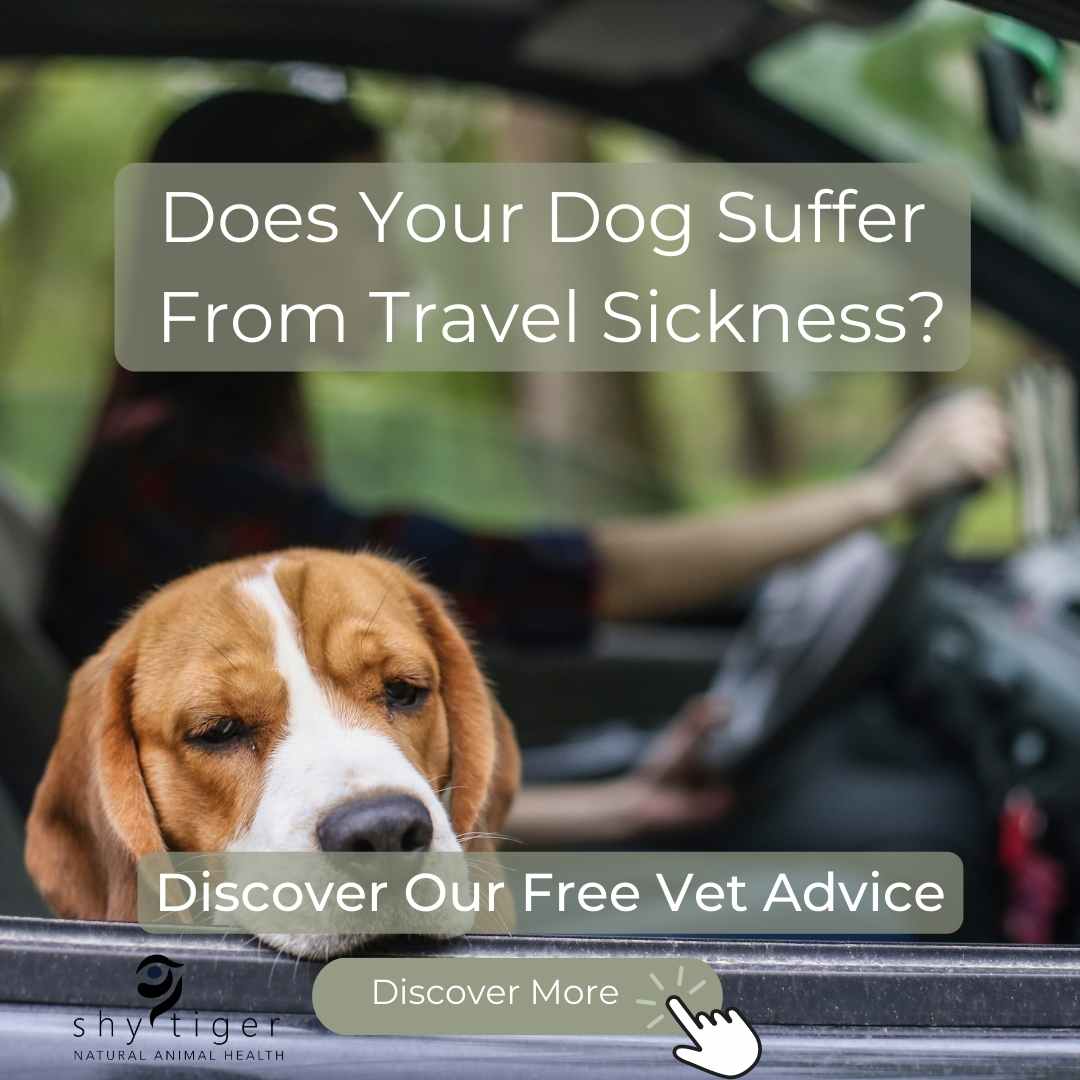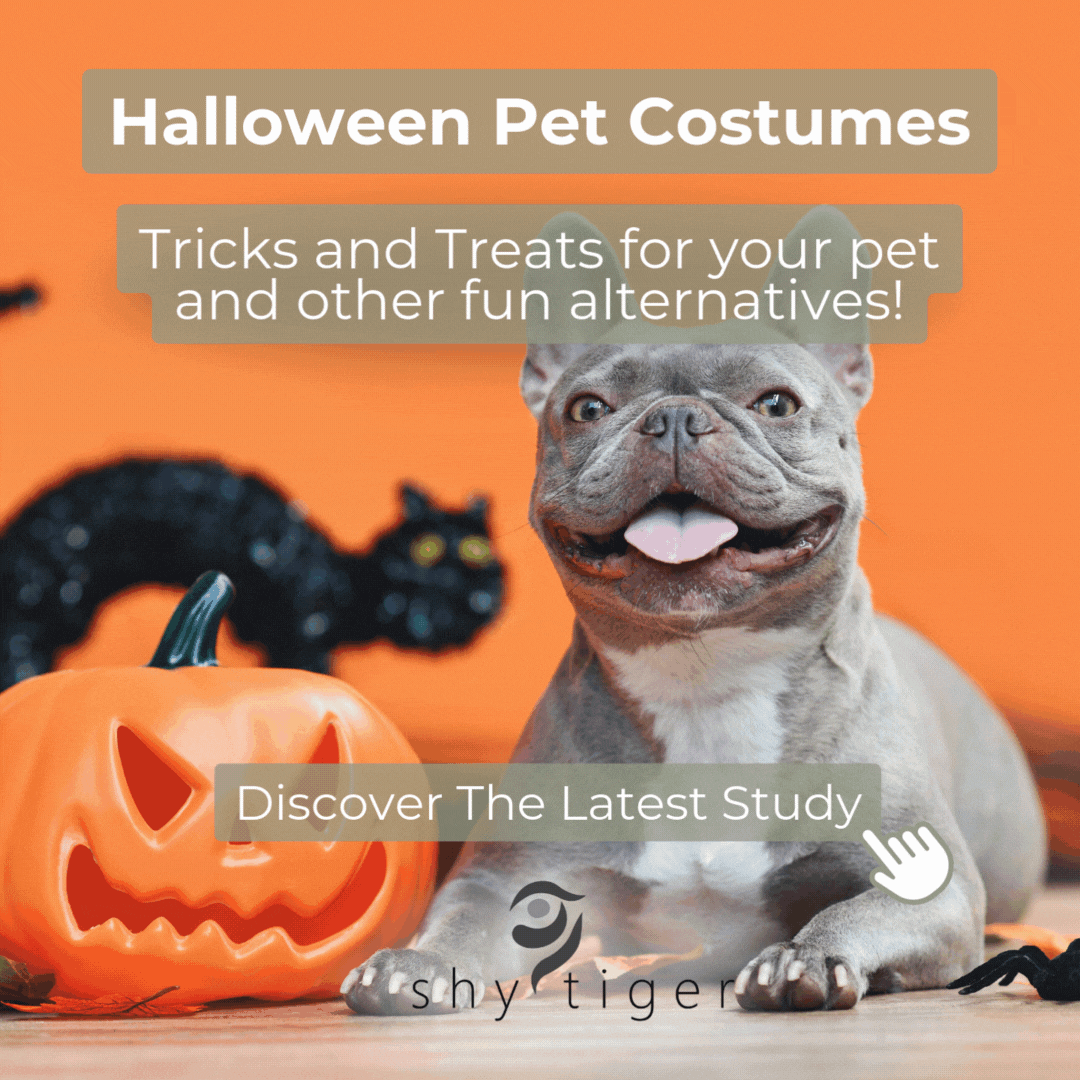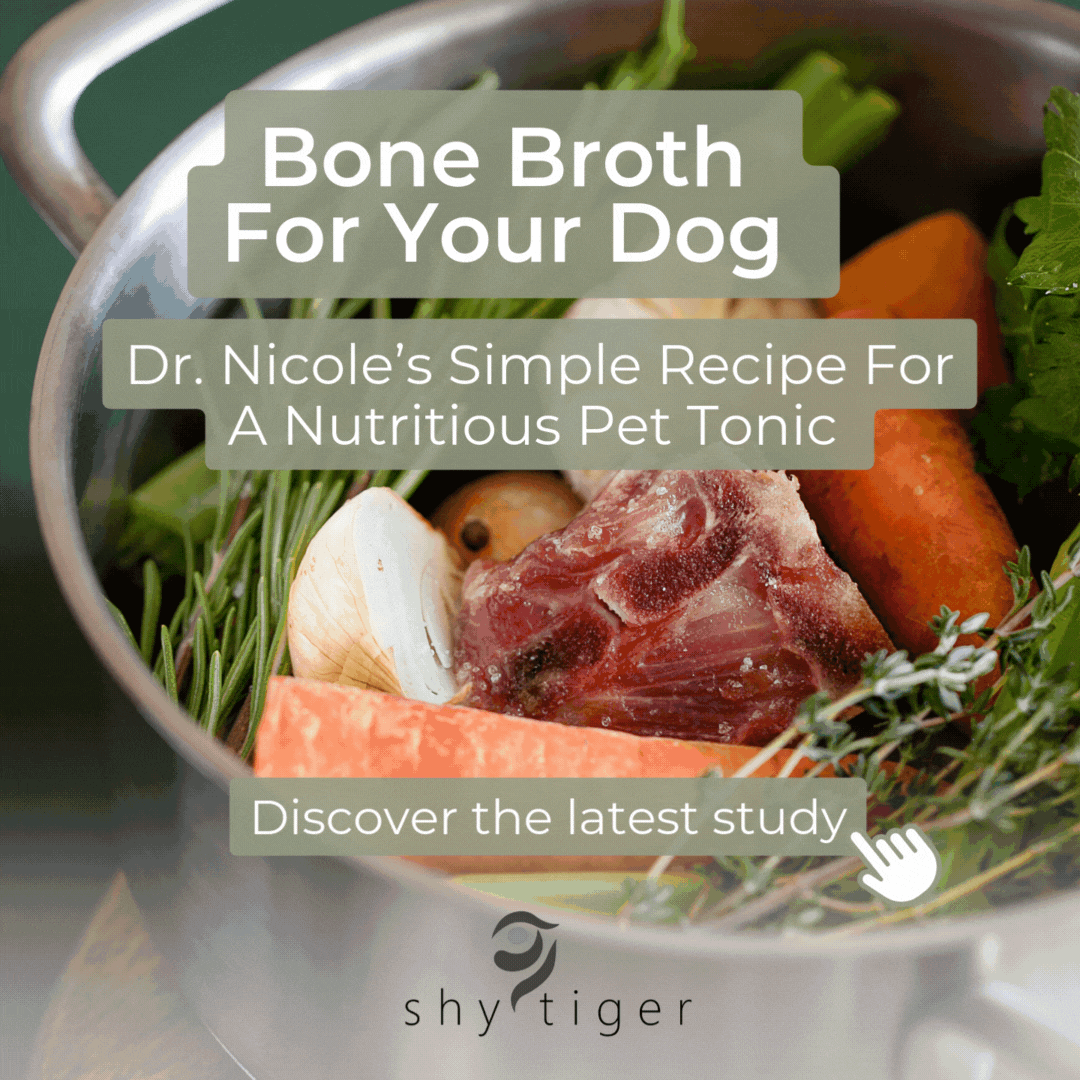Travel sickness in dogs.

Travel sickness is quite common in dogs. It is mostly seen in puppies under 1 year old and thankfully many dogs seem to outgrow it as they age. Travel sickness in dogs can be a combination of mismatched vestibular signals from the inner ear from motion which creates nausea, and also many dogs also have a component of anxiety associated with car trips.
Some of the signs you may see if your dog has motion sickness is mild lip licking, yawning, whining, reluctance to get into the car and vomiting. In some dogs the vomiting can be quite severe.
Management of travel sickness often requires a combination of 3 approaches:
- Management of nausea - Anti-nausea medications can be prescribed from the vet. There are also some natural anti-nausea support such as fresh ginger or ginger candy. Ginger can create quite a hot sensation in the mouth and burn so take care with this.
-
Management of anxiety - Anti-anxiety medications can be prescribed from a vet and this can be incredibly necessary for some dogs. If the behaviour is more stress related rather than true anxiety, natural support may be enough. Our Soothe and Calm blends (especially our emotion balancing Day blend), as well as calming herbs such as chamomile, Bach flower remedies and pheromones such as adaptil.
-
Counter conditioning the behavioural response - this is behavioural training so that your dog associates the car with positive emotions. By first addressing nausea and anxiety you will make this step easier. This is a gradual process and may start with just getting your dog to sit in the car and give them a couple of high reward treats before getting out again. Moving on from this you may repeat the same exercise but with the engine on. If your dog is still comfortable with this you can progress to a short trip to somewhere fun like the dog park. A good trainer can assist you with this process.




Leave a comment